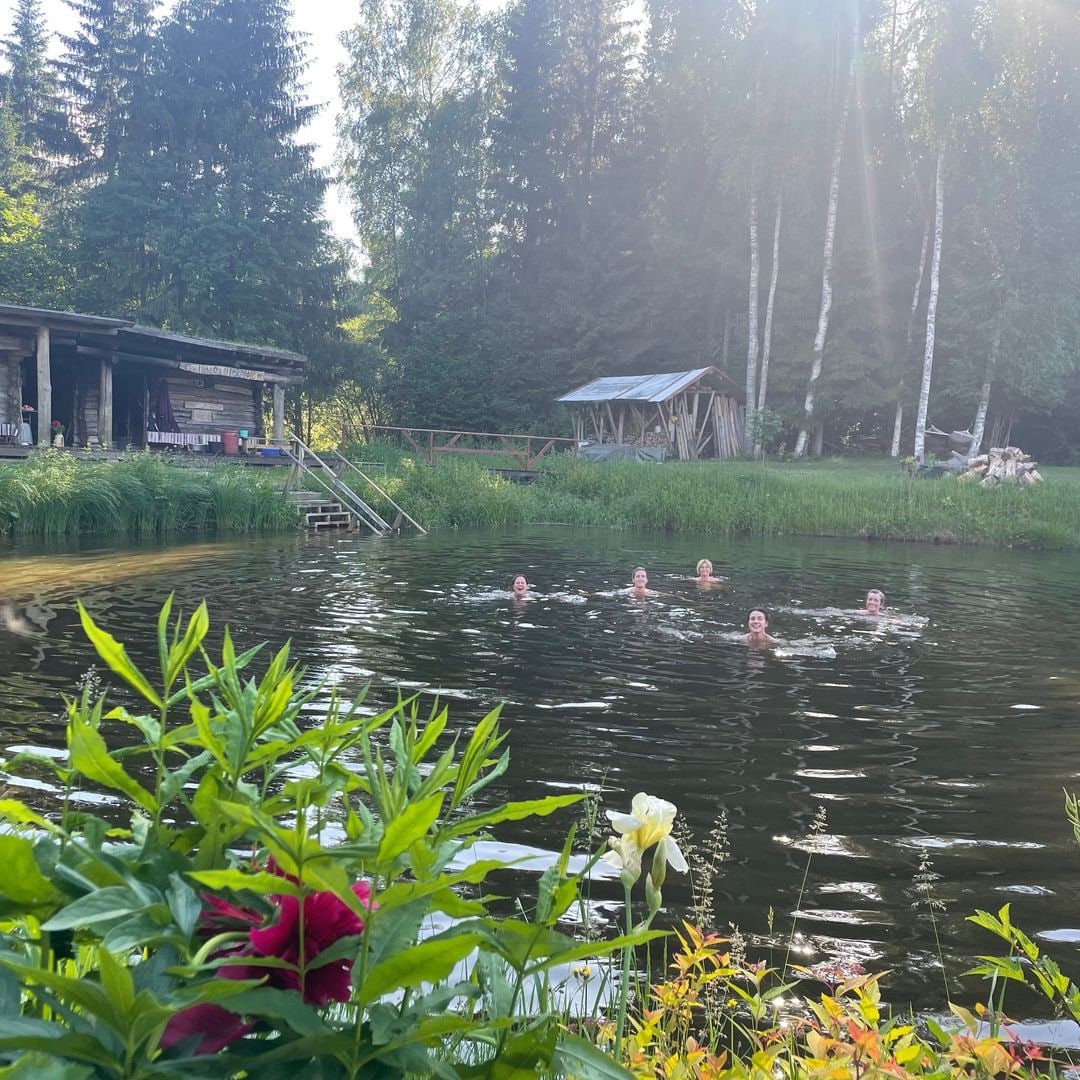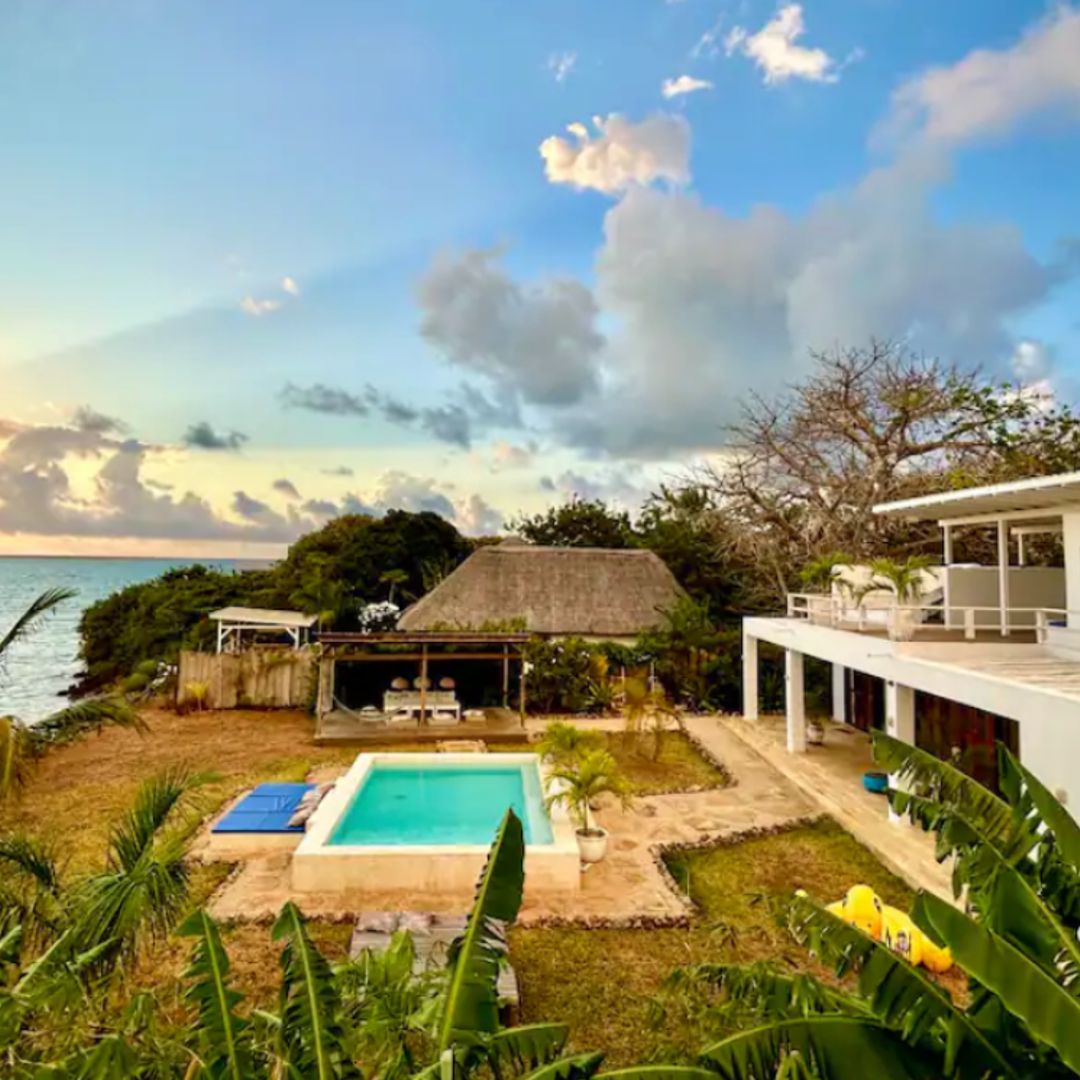Erstwhile capital of religion, culture and craftsmanship of the Alawi kingdom, the old city of Fez is a web of medieval-style alleys and passageways through which nearly half a million people make their daily way. And nowhere is the maze more tangled and twisted than in Fez el Bali, the old walled city. Dotted with traditional guild workshops, with spice sellers, carpenters and craftsmen who work with brass, frequented by ancient, Biblical-looking men leading donkeys who carry on their broad backs the wares that are sold in the thousand and one stalls of the souk, the Fez medina is without doubt the most fascinating in all the region of North Africa known as the Maghreb.
The old city walls clearly separate the endless maze of Fez el Bali from the bland new town built – presumably as the only way to be sure of getting their bearings – by the French who held a protectorate over Morocco until the country's independence in 1956. What non-native could blame them, though? Only those born to it can really hope to find their way without hesitation around the world's largest pedestrian area, where no map can do justice to the 10,000 intertwining streets.
The intricate maze of the old city of Fez – the area that holds most delights for the traveller – is a no-go area for cars; visitors must follow the example of those who live here and make their way on foot between the dingy walls that rise on either side of the narrow streets. Often the austere walls are a front behind which incredible architectural treasures are hidden from prying eyes. The Islamic habit of not flaunting wealth has led to this enclosure behind unornamented walls of fine houses set around cool courtyards where fountains play and well exquisite gardens flourish. At first sight, then, Fez may appear a dry husk of medieval-style dirt and and dinginess, but if you look closer, you will find that it is imbued with a well of refinement that reaches deep into the past.
Here, in this eminently Arab city, the holiest of the ancient imperial cities of Morocco, the world's first university was opened in the ninth century, paving the way for Fez to shine as a cultural epicentre in its days of glory. Within the walls of Fez el Bali, founded in the eighth century, are souks and madrasas (schools of the Koran), exquisitely decorated with carvings in stucco and cedarwood, such as the Madrasa Bou Inania which dates from the fourteenth century. Each of the districts is equipped with its own public bath, or hammam, its fountain, its wood-fired oven and its mosque.
As well as the modern French-built district and the old walled city of Fez el Bali, there is also Fez Jdid, still known as 'New Fez' despite being founded in the thirteenth century. This part of the city is home to the mellah – the walled Jewish quarter with its distinctive architecture – as well as the sumptuous palace still used by the king on his visits to the city.
THE PRACTICALITIES
Moving through the maze Except for the riads set inside the medina, most hotels are located in the new city. This is a fair way from Fez el Bali and you'll need to take a taxi to the gates of the old city, inside which the only way to get about is on foot. It's wise to get hold of the best map available, to try not to miss out on the essential sights, but, frankly, even armed with a map you can expect to get lost. It's best to just follow your nose and stop and ask when looking for something specific or if you want to find the way out of the maze. There are always kids around who – for a small consideration – will lead you to one of the city gates where taxis await.
When to visitFez gets very cold in winter, and stiflingly hot in summer, so autumn and spring offer the best weather. In June, just before the heat of summer, the World Festival of Sacred Music provides a unique opportunity to enjoy the city at its best as well as a chance to attend first-class concerts and enchanting events such as the 'Nights in the Medina'.
Where to stay Classic luxury hotels include Les Merinides and the Sofitel Palais Jamai. However, it may be more appealing to stay in one of the city's riads – traditional mansions and palaces transformed into fairytale hotels. These can be as luxurious as the Riad Fes, part of the prestigious Relais & Chateau group, the Sheherazade or La Maison Bleue riad and spa, or rather more affordable such as the Riad Mabrouka Fes or Riad Dar Cordoba.
Where to eatGreat places to sample the local dishes include the lounges around the courtyard of the Palais de Fes or at the Palais Mnebhi (15, Souiket Ben Safi), the former residence of General Lyauteay, the first Resident-General in Morocco; both establishments also boast terraces overlooking the rooftops of the medina. A yet more romantic and exclusive option is the restaurant at La Maison Bleu.
Don't missHaggling in the souks for the wonderful local handicrafts: leather slippers near the Ech-Cherabliyine mosque in the main street of Talaa-Kebira, intricate screens and wooden boxes in In-Nejjarine square, ironware at the Lihoud foundouk (warehouse) carved trays, teapots and other brassware in Es-Seffarine square; jewellery in the old Jewish quarter, and rich fabrics at the Jiafa foundouk.








